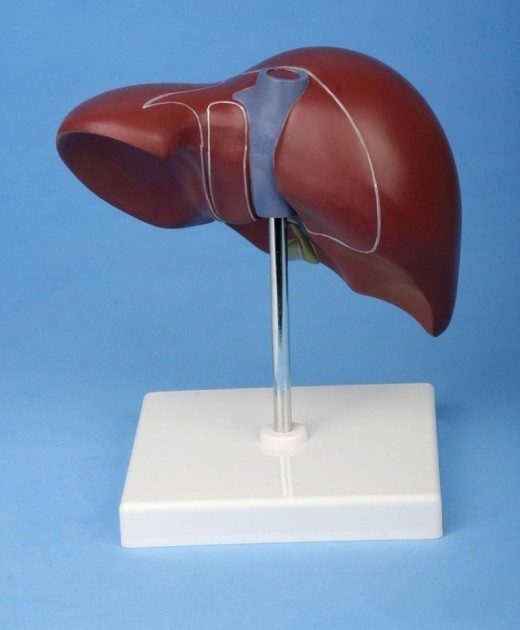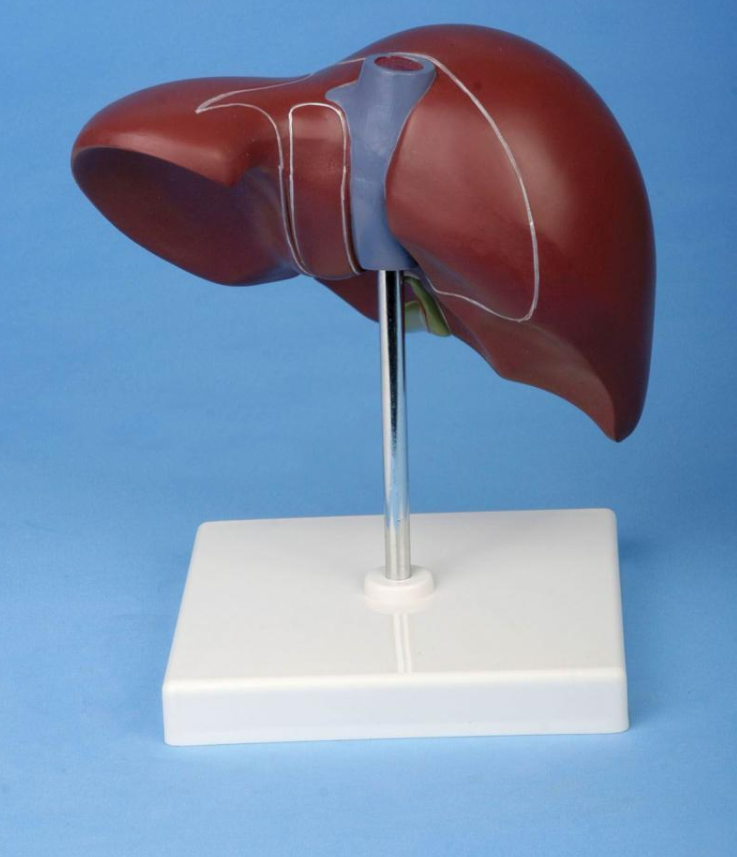

Liver Structure Model Human Organ Anatomical Model
Approx $60.97 USD
Introduction to the Liver Structure Model Human Organ Anatomical Model
The Liver Structure Model Human Organ Anatomical Model is an invaluable educational tool for understanding the complex anatomy and functions of the liver. Designed with realistic detailing, this model provides an accurate representation of the liver, allowing students, educators, and healthcare professionals to study its structure and learn about liver health, diseases, and surgical procedures. Ideal for use in medical schools, clinics, and anatomy classes across New Zealand, this model enhances learning by offering a hands-on, three-dimensional view of one of the body's essential organs.
H2: Key Features of the Liver Structure Model
1. Realistic and Detailed Anatomy of the Liver
This model accurately replicates the human liver, including structures such as the lobes, hepatic artery, portal vein, bile ducts, and gallbladder. Each component is crafted to reflect the liver’s natural appearance and anatomical features, making it easier for users to identify and study each part. The model provides a clear, comprehensive view of the liver’s internal and external structures, supporting a deeper understanding of its function and role in the human body.
2. High-Quality Materials for Durability and Longevity
Constructed from premium, non-toxic materials, the Liver Structure Model is built to withstand regular handling and use in educational and clinical settings. Its durable design ensures it remains intact even with frequent use, making it ideal for anatomy classes, medical training centers, and patient education in healthcare environments. This long-lasting construction makes it a valuable resource for long-term educational use.
3. Color-Coded and Labeled Parts for Easy Identification
To facilitate learning, the model includes color-coded and labeled sections, helping users identify key structures within the liver quickly. Color-coding makes it easier to differentiate between various anatomical parts, such as blood vessels and bile ducts, while labels guide users to accurately identify each part. This feature is especially beneficial for visual learners, enhancing retention and comprehension of liver anatomy.
4. Cross-Sectional View for In-Depth Study
The Liver Structure Model often includes a cross-sectional design, which allows users to see the inner structure of the liver and study its organization and functions more closely. This cross-sectional view provides insight into the liver’s lobular structure, blood supply, and biliary system, making it easier to understand complex processes such as blood filtration, metabolism, and bile production.
5. Compact and Display-Ready Design
Designed to be compact and portable, this liver model can be displayed on desks, shelves, or medical demonstration areas without taking up too much space. Its stable base keeps the model secure during demonstrations, making it convenient to move between classrooms or consultation rooms. This portability allows it to adapt to various teaching or patient education scenarios, ensuring flexibility in its use.
6. Ideal for Medical Training and Patient Education
Beyond classroom use, the Liver Structure Model is an excellent tool for patient education. Healthcare providers can use this model to explain liver functions, diseases, and treatment options to patients, providing a clear visual aid that enhances patient understanding. This model serves as a helpful reference for discussing liver health, making it an asset for medical professionals in New Zealand who work in liver-related fields, such as hepatology and gastroenterology.
H2: Why Choose the Liver Structure Model?
1. Essential for Anatomy and Medical Education
The Liver Structure Model is an essential resource for teaching liver anatomy, offering students and trainees a hands-on way to learn about one of the body’s most complex organs. For medical and health science students, it provides a realistic visual representation of liver anatomy and function, bridging the gap between textbook knowledge and practical understanding. This model enhances the learning experience, making anatomy more accessible and engaging.
2. Perfect for Healthcare Training Programs
In training programs for healthcare professionals, this model is invaluable for understanding liver function, blood flow, and bile production. Trainers can use the model to illustrate the liver's role in metabolic processes, detoxification, and digestion, helping trainees gain a comprehensive view of liver health and pathology. For medical schools and healthcare training programs in New Zealand, the Liver Structure Model is a fundamental tool that supports advanced anatomical education.
3. Support for Visual and Kinesthetic Learners
This model is particularly beneficial for visual and kinesthetic learners, as it allows them to see and touch the liver’s anatomical structures. The color-coded sections help visual learners differentiate parts, while the tactile nature of the model allows kinesthetic learners to engage with each structure. This interactive approach enhances retention, making it easier for students to grasp the liver's complex functions and organization.
4. A Useful Aid for Exam Preparation and Practical Training
For students preparing for exams or practical assessments, the Liver Structure Model is a valuable study aid. Its detailed design and labeled parts make it easy to review and memorize essential liver structures, reinforcing anatomical knowledge. Medical students and trainees can use this model to boost confidence and understanding before assessments, ensuring they are well-prepared to identify and explain liver anatomy.
5. Informative Display for Clinics and Classrooms
Beyond its educational function, the Liver Structure Model serves as an informative display in clinics, classrooms, and anatomy labs. In clinical settings, it can be used to explain liver diseases or surgical procedures, enhancing patient education. In classrooms, it creates an engaging learning environment, providing students with a tangible reference for exploring liver anatomy. For educators and healthcare providers in New Zealand, this model is a valuable tool that fosters greater awareness and understanding of liver health.
H2: Maintenance and Care Tips for Your Liver Structure Model
To keep your Liver Structure Model in excellent condition, follow these care tips:
-
Dust Regularly: Use a soft, dry cloth or small brush to dust the model, especially around the color-coded areas. Regular
dusting preserves the model’s appearance and prevents dirt buildup.
-
Avoid Direct Sunlight: Direct sunlight can fade colors over time, so display the model in shaded areas or indoors to
maintain its vibrant appearance.
-
Handle with Care: Although made from durable materials, handle the model gently to avoid damaging delicate parts. Avoid
pulling or twisting any smaller parts, as they may be more sensitive to pressure.
- Store Safely: When not in use, store the model in its original packaging or a protective case to keep it clean and prevent accidental damage. Proper storage helps extend the life of the model for ongoing educational use.
Material: Imported PVC material, imported paint, computer color matching, high-level painting 2kgn
Details:
Baby name: Liver anatomical model
Functional characteristics: This model shows the lobes of the liver, the ligaments of the liver, the hilar structure, the gallbladder, and the bile duct system. There are 22 site indicators.
Size: Naturally large, 14cm high, 20cm wide, 9cm thick

The product may be provided by a different brand of comparable quality.
The actual product may vary slightly from the image shown.



.webp)







.webp)


.webp)




.jpg)









.jpg)





.jpeg)





.jpeg)



.jpeg)








.jpeg)



.jpeg)

.jpeg)

.jpeg)

.jpeg)




.jpeg)
.jpg)

.jpeg)






.jpeg)
.jpeg)




.jpeg)





.jpeg)


.jpeg)

.jpeg)

.jpeg)

.jpeg)







.jpeg)
.jpeg)
.jpeg)





.jpeg)



.jpeg)






.jpg)
.jpeg)









.jpg)


ulva-Logo.jpg)




.jpeg)



.png)















.png)























